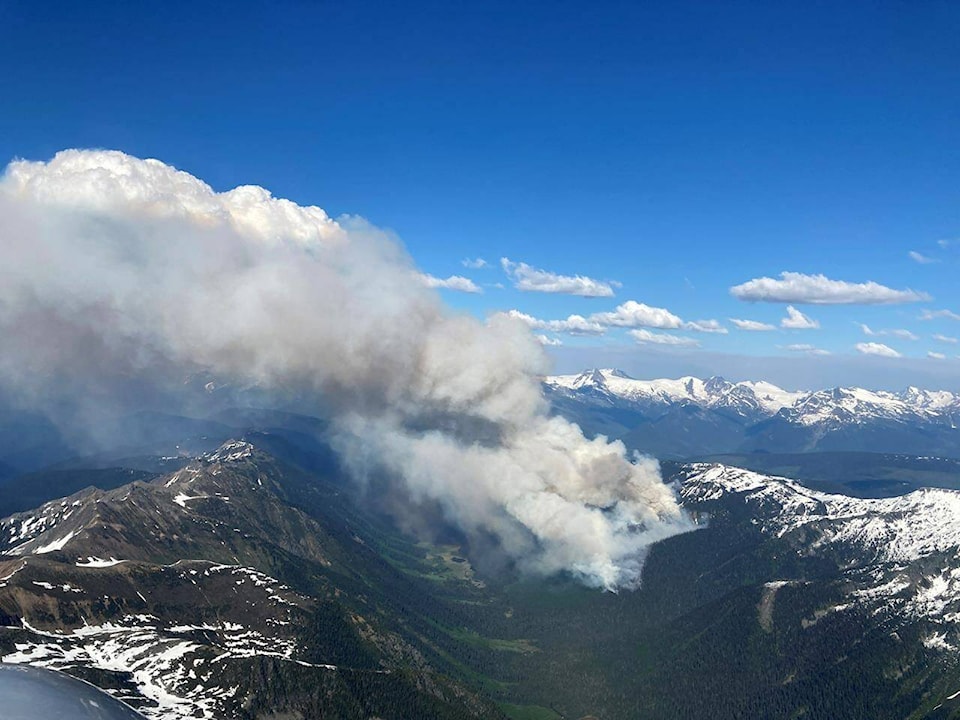The BC Wildfire Service says the Donnie Creek wildfire has grown into one of the largest blazes over the last century in the province.
The fire, which is burning north of Fort St. John in northeastern B.C., is estimated at more than 2,400 square kilometres in size.
BC Wildfire Service records show it ranks second in provincial history, following the 2017 Plateau Fire at 5,210 square kilometres.
It does, however, exceed the Elephant Hill fire that burned more than 1,900 square kilometres of forests, grasslands and properties in the summer of 2017.
Wildfire Service information officer Julia Caranci says the size and the impact of fires are two different subjects.
She says the Donnie Creek fire has grown significantly because of two planned ignitions last week that burned a 55-kilometre portion along it’s southern flank in an effort to control the fire and create “confinement lines.”
“Part of that growth is definitely from the growth of the fire, but a significant portion of the recent rise in hectares is due to those ignitions,” Caranci said in an interview Monday.
“When a fire is burning at the intensity that this fire has been burning at a particular time, it’s too dangerous to put firefighters into a position where they are directly attacking it. So, that is the time, with larger fires, when we use fire to fight fire.”
She noted it is a result of “a number of smaller wildfires joining.”
The Donnie Creek fire is one of 83 fires burning in British Columbia, and one of 413 active blazes across the country.
Prime Minister Justin Trudeau told a news conference Monday that modelling shows it might be an especially severe wildfire season in several areas of Canada.
“This is a scary time for a lot of people, not just in Alberta, but right across the country, including in the Atlantic, the North and Quebec, too,” he said.
Caranci said the service expects to continue fighting the Donnie Creek fire for weeks, and potentially months.
Brieanna Charlebois, The Canadian Press
